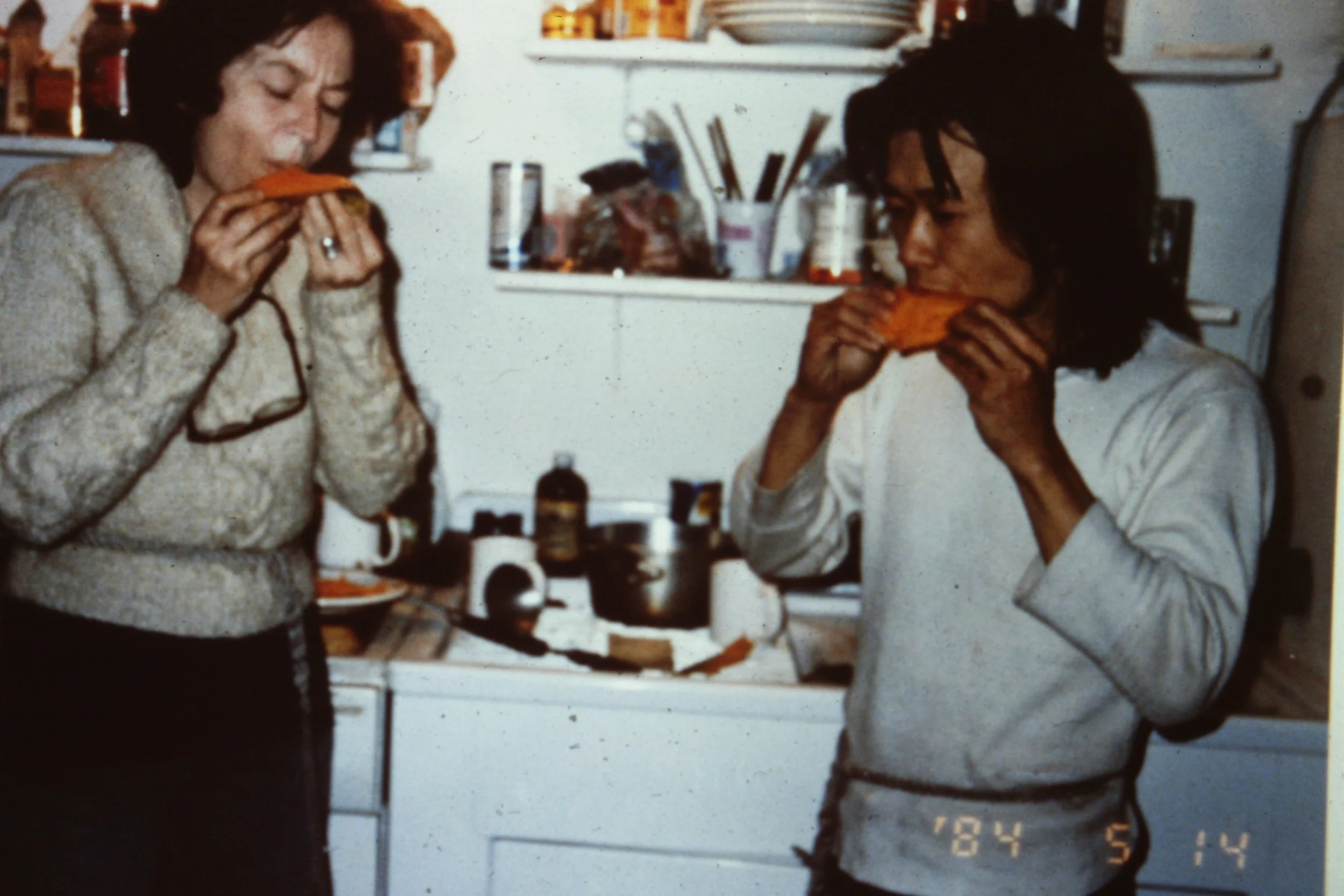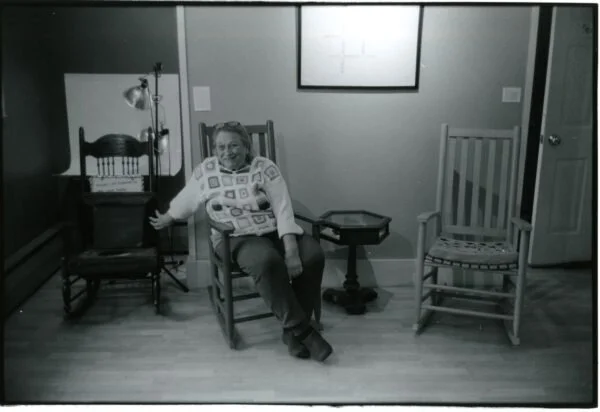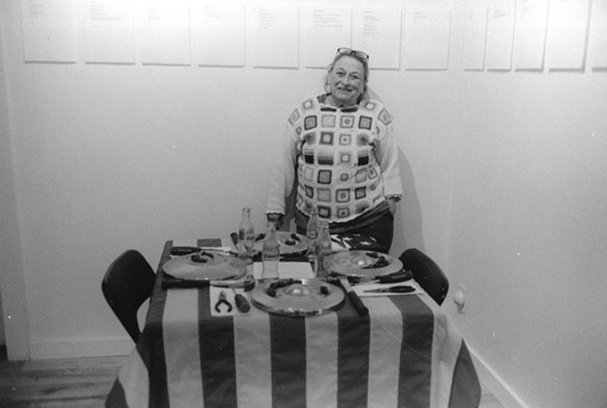

Linda Mary Montano with Tehching Hsieh - Art/Life One Year Performance 1983-1984
For-a-year-they-lived-tied-together-with-8-feet-of-social-distance

Artist Christopher Sproat: Sculptural Light and Form
Christopher Sproat gives a tour of his museum in the woods, where he gives shape to a world that prompts us to different ways of seeing



Visual Arts Feature: Fluxus Artist Nye Ffarrabas Turns 91 — Celebrating “The Friday Book of White Noise”
Nye Ffarrabas and others in Fluxus created intermedia events that pushed the boundaries of prevailing norms in painting, sculpture, poetry, music, architecture, and theater.

1960s Fluxus Artist Nye Ffarrabas Celebrated at Brattleboro’s C.X. Silver Gallery
She went to happenings with Allan Kaprow and on mushroom treks with John Cage. She was in a Yoko Ono film, performed in avant-garde festivals and dined with Marcel Duchamp. Nye Ffarrabas, aka Bici (Forbes) Hendricks, was a central figure in the Fluxus art movement of the 1960s. She and others created intermedia events that pushed the boundaries of prevailing norms in painting, sculpture, poetry, music and theater. They erased distinctions between art and life as they celebrated daily activities. Their radical aesthetics influenced subsequent postmodern performance and visual art.
Seven Days 27 (36) pp.32-34, article by John Killacky photo of Nye by Dona Ann McAdams


Cai Xi Featured in The Commons
Cai Featured in the Brattleboro local newspaper, The Commons
